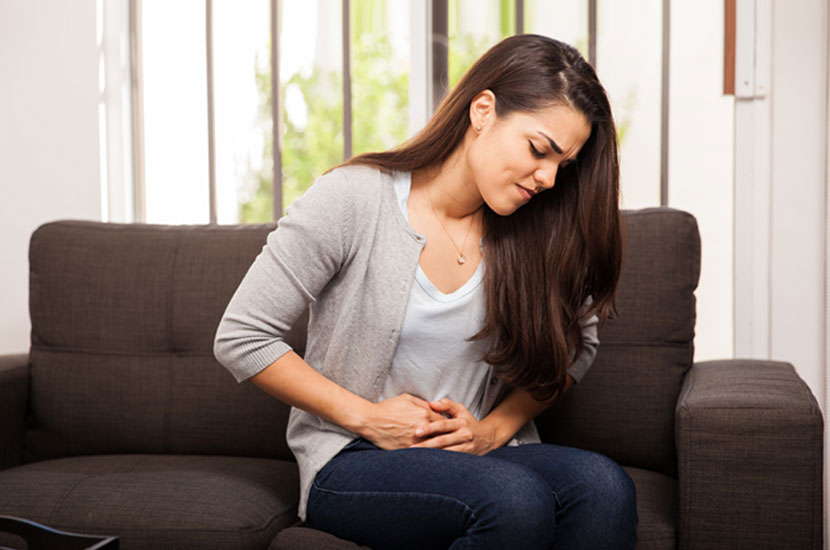Understanding Endometriosis

Did you know that ‘Endometriosis’ is a health condition that affects almost 100,000 women in the UAE? It is a condition of equal opportunity that differentiates on no grounds.
Defined
Endometriosis is a condition where the tissue that serves as the lining of the uterus starts growing outside and in other places like the ovaries, fallopian tube, outside the uterus, the bladder, the intestines and others. The most common symptom of endometriosis in adolescence is pain during the menstrual flow. Other symptoms of the condition include heavy bleeding during periods, irregular periods and spotting, and painful urination. In some cases, women experience pain is areas where the tissue or uterus lining has developed.
Often Not Diagnosed
In most cases of adolescence, endometriosis as a health condition is not diagnosed because it is either considered a normal part of menstruating or the abdominal pain is considered to be caused because of some other cause. Slight pain during the first few days of menstruation is normal, but continued pain that disrupts normal day-to-day activities is not normal. This is how we need to and can understand that something about the functioning of the body is wrong.
Symptoms
Constant pain during periods, worsening of the period pain, heavy flow during periods, back pain, diarrhea, feeling of nausea, constipation, painful urination, feeling of seeing blood when using the bathroom, inability to function normally and refraining from physical activities etc. are some of the most common visible symptoms of endometriosis.
Diagnosis
The only way to conclude that a woman is suffering from endometriosis is by performing a minimally invasive surgery called laparoscopy where the doctor views the organs in the pelvic cavity with the use of a thin telescope (laparoscope.) This gives the doctor a clear picture of the internal cavity, hence making diagnosis easier.
Treatment
Dealing with Endometriosis is definitely challenging for it has no definite cure, but that is no reason to dread the issue, as individual symptoms experienced can be controlled. There are certain medications available to control the condition. Surgery may also help if medications do not work at all, although results may vary from person to person. One woman may find it helpful while the other may develop pain again over time. Certain lifestyle changes and exercises like walking and swimming may also help a long way in curbing the condition.
(Credit: Dr. Ann Mini Mathew, specialist obstetrician and gynecologist at Aster Hospital, Mankhool)








Property Loan Agents are experts who assist clients in obtaining a mortgage for their property. They are qualified to evaluate the borrower’s financial status and recommend the finest home loan solutions available. For those looking for a mortgage, Home Loan Agent can be a useful resource. They have access to a wide choice of lenders and can assist you in obtaining the best loan terms and prices. They can also help with credit restoration, budgeting, and debt management.
It’s a game. Five dollars is free. Try it It’s not an easy game ->-> 토토사이트.com